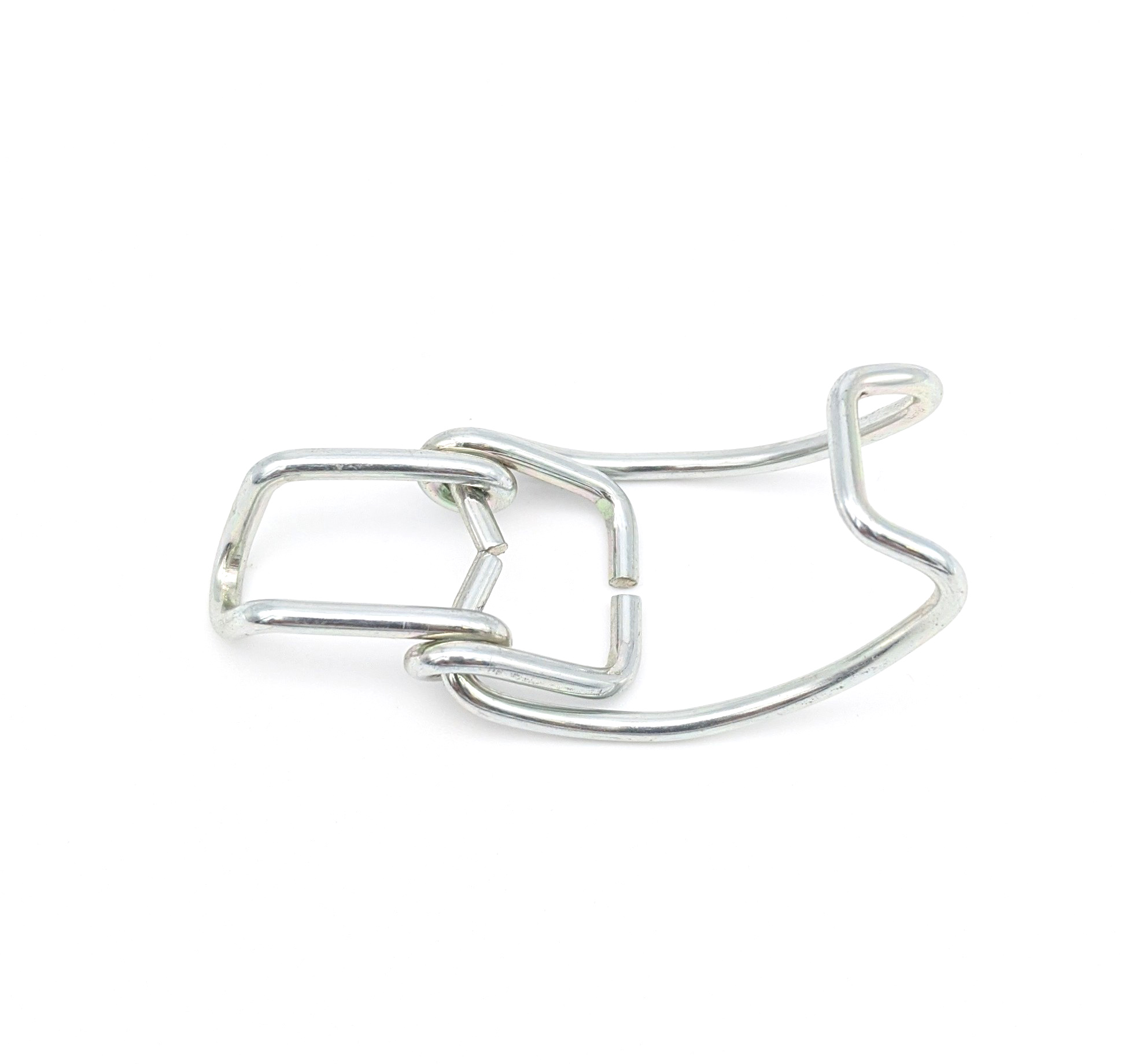Get unique, complex parts easily. No matter your requirements, Chaoyi Spring creates hard-to-produce coil springs and wire forms.
Let us help you create the custom wire form you need, from S-hooks and J-hooks to utility hooks and more.
We work closely with customers across a wide range of industries, helping them design and manufacture made-to-order parts.
Why choose Chaoyi Spring? We prioritize customer-focused collaboration, modern equipment and the latest technology to make your parts per print.
Find the information and guidance you need, from measuring a spring to learning about materials, placing an order and much more.
Springs are ubiquitous in mechanical systems, playing a vital role in storing and releasing energy. Understanding maximum spring compression is crucial for ensuring optimal performance, preventing damage, and ensuring the


Springs are ubiquitous in mechanical systems, playing a vital role in storing and releasing energy. Understanding maximum spring compression is crucial for ensuring optimal performance, preventing damage, and ensuring the safety of the system. This guide will delve into the fundamental concepts of spring compression, providing practical insights and calculations to help you determine the maximum allowable compression for your application.

Spring compression refers to the extent to which a spring is compressed from its free length. When a force is applied to a spring, it deforms, compressing or extending depending on the direction of the force. This deformation is governed by Hooke's Law, which states that the force applied to a spring is directly proportional to its displacement from its equilibrium position.
The maximum compression of a spring is a critical parameter, representing the maximum amount of compression it can withstand before experiencing permanent deformation or failure. Exceeding this limit can lead to irreversible changes in the spring's characteristics, reducing its effectiveness and potentially causing harm to the system.
Several factors influence the maximum compression a spring can handle, including:
Calculating the maximum compression of a spring requires a comprehensive understanding of its properties and the applied load. While numerous methods exist, the following approaches provide valuable insights:
The maximum compression of a spring can be calculated using the following formula:
Maximum Compression (x) = F / k
Where:
For example, if a spring has a spring constant of 100 N/m and is subjected to a force of 50 Newtons, the maximum compression would be:
x = 50 N / 100 N/m = 0.5 meters
It's crucial to operate springs within their safe operating range to ensure their longevity and prevent failure. The maximum compression should be less than the spring's design limit to avoid permanent deformation or damage. Operating within the safe operating range also extends the spring's lifespan, reducing the need for frequent replacements.
Springs find widespread use in various applications, each with specific requirements for maximum compression. Some examples include:
To ensure optimal spring performance and prevent premature failure, follow these tips:
Understanding maximum spring compression is vital for ensuring optimal performance, safety, and longevity in any application. By considering the factors influencing compression, calculating the maximum allowable compression, and operating within the safe operating range, you can optimize your spring systems and minimize the risk of failure. This comprehensive guide has provided insights into spring compression and practical tips for achieving maximum performance. Remember, a well-designed and maintained spring can contribute significantly to the overall efficiency and reliability of your mechanical systems.
By understanding the concepts presented in this guide, you can make informed decisions about your spring applications, ensuring optimal performance and safety. Whether you're designing a new system or troubleshooting an existing one, remember to prioritize the maximum compression limits, proper material selection, and regular maintenance to maximize the lifespan and efficiency of your springs.
Browse some of the custom wire forms and springs that we manufacture. Don’t see what you need? We specialize in made-to-order products that meet your application requirements.
Visit Our GalleryNeed a custom wire form or coil spring? We make it work. Fill out the contact form and a representative will respond within 1 business day. If you have a PDF or CAD file, you can submit to request a quote.